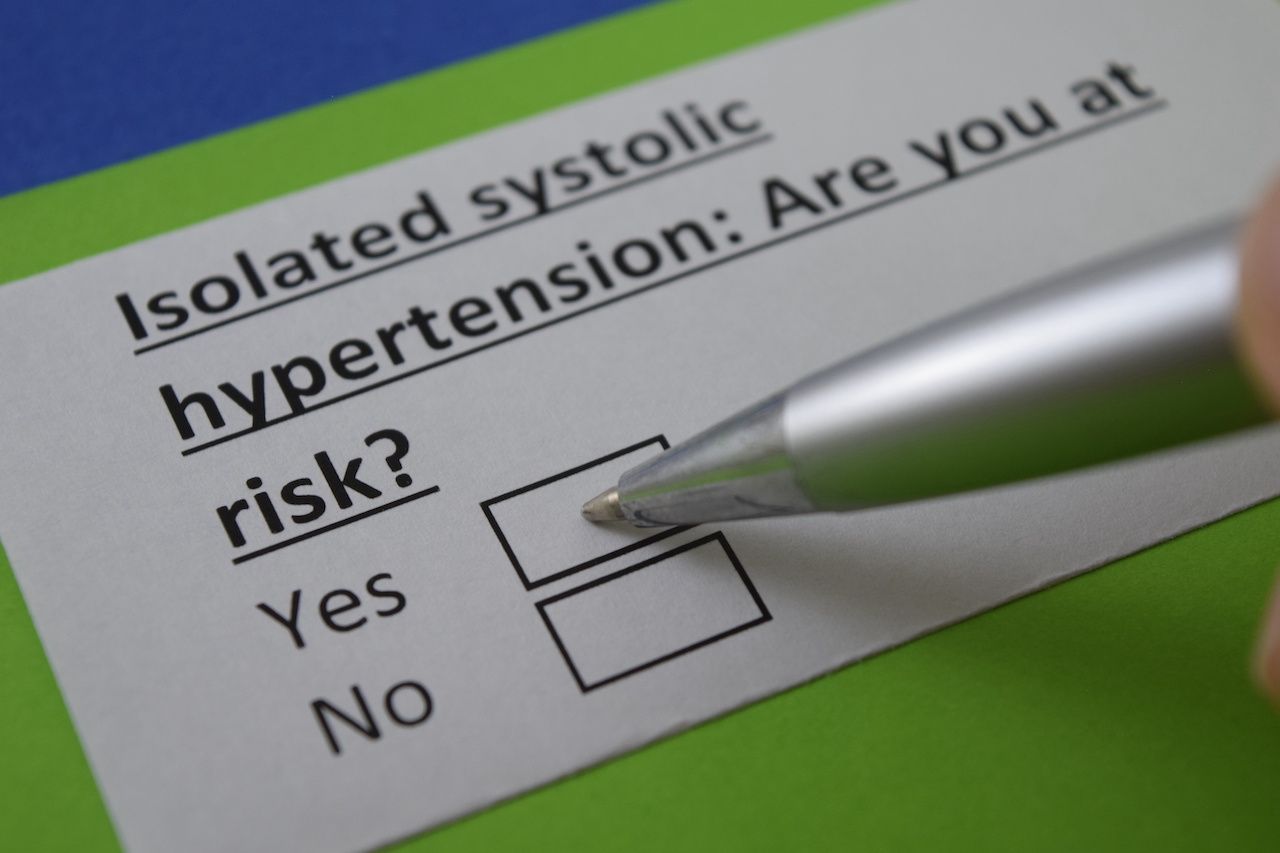- Center on Health Equity & Access
- Clinical
- Health Care Cost
- Health Care Delivery
- Insurance
- Policy
- Technology
- Value-Based Care
Research Explores Role of Waist Circumference, Obesity in Hypertension Subtypes
Findings were presented by researchers from the UC Irvine Health School of Medicine at the 2023 American Society for Preventive Cardiology's Congress on CVD Prevention.
Abdominal obesity is a predictor of isolated systolic hypertension (ISH) among individuals with obesity, according to new research1 presented at the American Society for Preventive Cardiology's Congress CVD Prevention. The meeting took place from July 21-23 in Arlington, Texas.
Around half of all US adults have hypertension, and the condition is a key contributor to cardiovascular disease (CVD).
ISH is most common among individuals aged 70 and older, according to the Cleveland Clinic.2 It is estimated that around 15% of those aged 60 and older have ISH; however, younger individuals can also be affected by the condition, which increases the risk of death and kidney failure along with CVD.
Questionnaire - Richelle - stock.adobe.com

Although previous research shows that obesity is a risk factor for essential hypertension, “limited data exist on the association between [hypertension] subtypes and obesity,” the researchers wrote.
To address this knowledge gap, the investigators carried out a retrospective analysis of data gleaned from the National Health and Nutrition Examination Survey collected between 1999 and 2016.
All patients with systolic blood pressure of at least 130 mm Hg were included in the study, along with those with diastolic blood pressure of at least 80 mm Hg who were not being treated with antihypertensive drugs.
Investigators looked at everyone’s body mass index (BMI). Those with a BMI of 18.5 to 24.99 kg/m2 were considered healthy, and those with a BMI of 25 to 29.99 kg/m2 were classified as overweight. Any individual with a BMI of 30 kg/m2 or more was considered obese.
Abdominal obesity was also defined as any waste circumference greater than 102 cm among men and over 88 cm among women.
Three hypertension subtypes were considered: isolated diastolic hypertension (IDH), ISH, and systolic-diastolic hypertension.
Analyses revealed these results:
- 44% of US adults who have hypertension have ISH, making it the most common hypertension subtype
- Compared with normal weight individuals, those with obesity have a higher propensity toward IDH (P < .001)
- Patients with abdominal obesity are more likely to have ISH than those without ISH who are in the same BMI class
- After controlling for BMI, sex, age, diabetes status, dyslipidemia, smoking status, and ethnicity, abdominal obesity was independently linked with ISH (odds ratio, 1.43; 95% CI, 1.13-1.81; P = .003)
“IDH is more common in individuals with obesity than those without,” the authors wrote, adding their results showed that within the context of obesity, abdominal obesity is a predictor of ISH.
“Systolic blood pressure control may warrant greater focus in healthy weight and overweight individuals with abdominal obesity,” they said.
Abdominal fat is associated with a host of health concerns, including metabolic disturbances, heightened risks of cardiovascular disease and type 2 diabetes, and breast cancer among women, experts at Harvard Medical School write.3 Also called visceral fat, it has been associated with higher cholesterol and insulin resistance.
“One reason excess visceral fat is so harmful could be its location near the portal vein, which carries blood from the intestinal area to the liver,” they explained. Once substances are released from the visceral fat and travel to the liver, they can impact blood lipid production, they added.
Both hereditary and hormonal factors influence where fat ends up on the body. Compared with subcutaneous fat, abdominal or visceral fat cannot be pinched.
Spending at least 30 minutes each day performing moderate-intensity physical activity and integrating strength training into exercise routines can help reduce abdominal fat.
References
1. Jones JE, Tang KS, Bang M, Fan W, Wong ND. Obesity and waist circumference as predictors of hypertension subtypes. Presented at:American Society for Preventive Cardiology's Congress on CVD Prevention; July 21-23, 2023; Arlington, TX. Poster 157.
2. Isolated systolic hypertension. Cleveland Clinic. Updated January 31, 2023. Accessed July 30, 2023. https://my.clevelandclinic.org/health/diseases/24666-isolated-systolic-hypertension
3. Abdominal fat and what to do about it. Harvard Medical School. June 25, 2019. Accessed July 30, 2023. https://www.health.harvard.edu/staying-healthy/abdominal-fat-and-what-to-do-about-it
Health Outcomes of Dually Eligible Beneficiaries Under Different Medicare Payment Arrangements
December 1st 2025Within the same physician groups, 2-sided risk in Medicare Advantage (MA) was associated with higher quality and lower utilization for dually eligible beneficiaries compared with fee-for-service MA and traditional Medicare.
Read More
